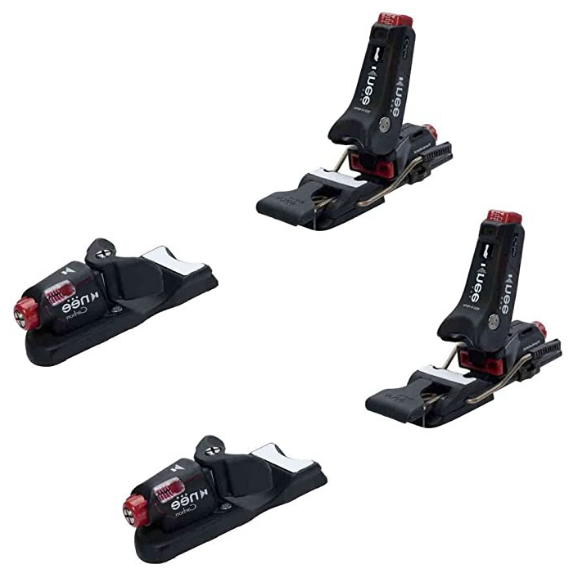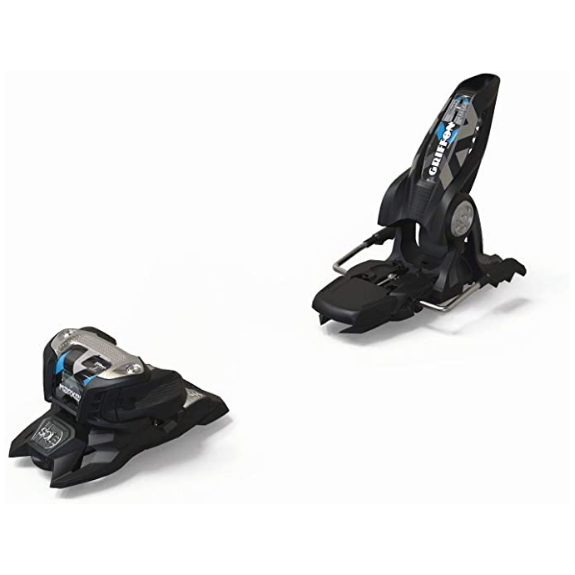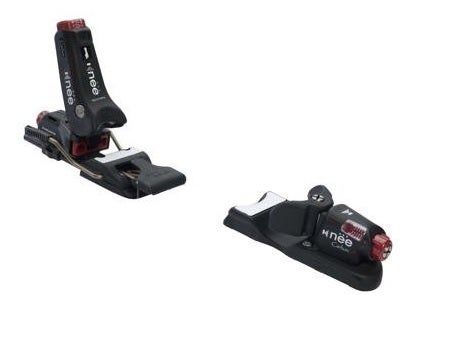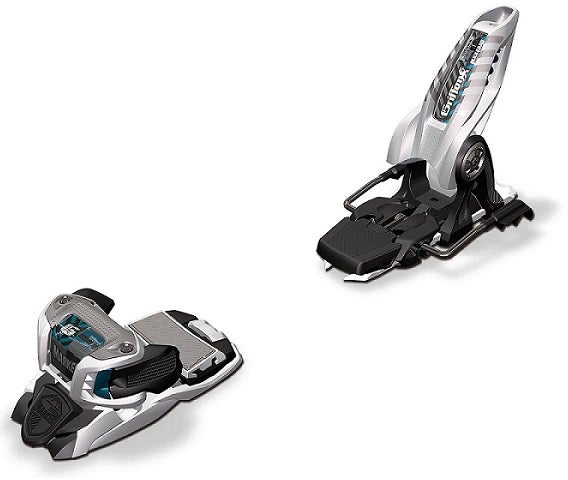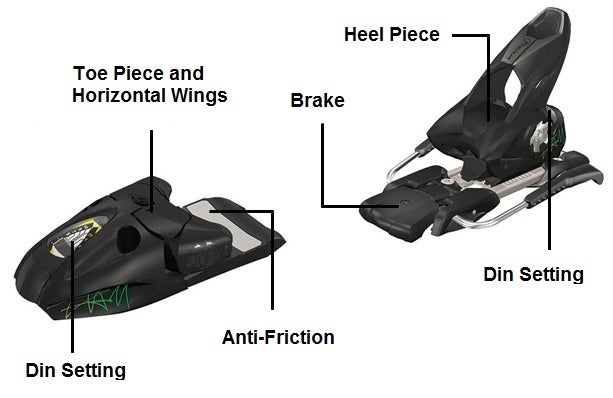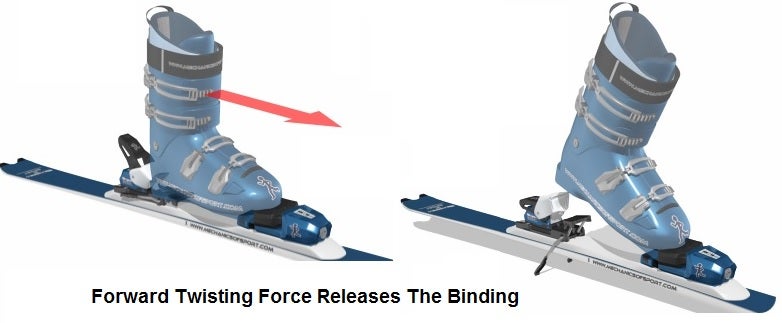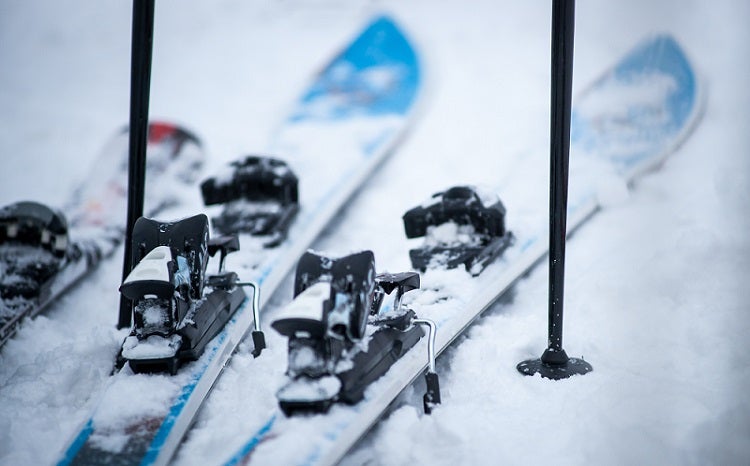
Our Editors independently research, test, and rate what we feel are the best products. We use affiliate links and may receive a small commission on purchases.
If you’ve just bought your first pair of skis and you’re looking for a binding, then we’re going to help guide you through the process. As a full-time ski instructor, I spend over 100 days a year on skis.
My first pair of skis was a total disaster – cobbled together from the cheapest skis and bindings I could buy at the time. Now, I’m going to help you avoid the same mistakes.
I will help guide you through understanding what to look for when buying a binding and what to avoid.
You should understand that your binding can be all that stands between you enjoying a lifetime of skiing and a sport ending knee injury. They really are that important!
We’re going to outline some very important criteria and finally I will make several recommendations for the best ski bindings. Let’s get started!
Best Ski Bindings For Beginners
For more of my ski gear recommendations, have a look through these popular Outside Pursuits guide links: Ski Jackets, Ski Pants, Ski Helmets.
Quick Answer: The 3 Best Beginner Ski Bindings For 2021
- Knee Binding Carbon DIN Ski Bindings
- Marker Griffon Ski Bindings
- Rossignol Axial 2 180 Maxflex Ski Bindings
Our reviews of the top rated beginner ski bindings with our buying guide will help you chose the right bindings for you.
Ski Binding Reviews
As we move into the new ski season you’re going to want a cutting edge binding to keep up with increasing demands.
New features abound and industry kingpins (pun intended) continue to hold positions of power. Here are my suggestions for the best beginner ski bindings going in to the new ski season:
#1 Knee Binding Carbon DIN Ski Bindings Review
- Material: Carbon fiber
- Color options: Black
- Sizes available: 90-110mm
This binding is expensive, revolutionary, and lightweight. With an added safety feature – lateral releasing heel binding – this binding might very well save the health of your knees in certain crash conditions.
Carbon fiber construction means lightweight, sturdy and ready to shred. DIN settings range from 3-12 which is plenty for the beginner skier.
The brakes are interchangeable and come in several sizes including 90mm and 110mm – be sure to choose the right brake size for you. Contact the manufacturer for other brake size options if available.
This is a binding which might very well save you from a ski-ending injury and can’t be replicated anywhere else in the industry.
Well worth looking into and this binding will definitely grow with you as you progress to new, different, and more advanced skis. These are my top pick for best ski bindings for beginners.
#2 Marker Griffon Ski Bindings Review
- Material: Carbon fiber
- Color options: Black
- Sizes available: 110mm
A veritable staple in the skiing industry, Marker bindings are quite happily at home on just about any ski! These Marker Griffon bindings are adjustable from DIN 4-13 which should cover the needs of any beginner adult skier.
Marker employs only the best quality AFD’s in their skis and the toe piece construction of a Marker binding really stands out as a strong suit.
Don’t worry about pre-release (bindings letting go while you’re still skiing) because Marker has had years to refine their lines of Royal bindings.
We’re pretty certain you’ll love a set of Marker bindings and the Griffons bring all the features at one of the lowest prices of their lineup.
I would choose this binding for an all mountain ski or a wider waist ski. Brake sizes come in 90mm and 100mm.
#3 Rossignol Axial 2 180 Maxflex Ski Bindings Review
- Material: Carbon fiber
- Color options: Black/white
- Sizes available: 80-120mm
We can expect the name of this binding to change soon as Rossignol has recently decided to produce all bindings under the “LOOK” brand. However, for the time being, the Rossignol Axial 3 is a well-loved, simple, and traditional alpine binding.
Nothing cutting edge about it, Rossignol has been making ski gear for years and the tried-and-true method can’t be ignored. Axial 3 bindings feature DIN 7-15, again good for any beginner adult skier, and suit ski widths from 80mm – 120mm.
While these bindings may change name within the next year or two, I’m pretty sure we’ll see them continue under the LOOK name. It’s hard to go wrong with a time-test model and you’ll find everything necessary for a great beginner alpine ski binding here.
Author’s Expertise / Why You Should Trust Our Reviews
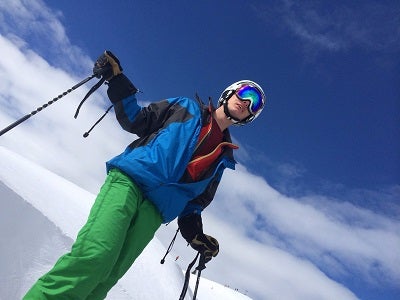
I started writing online for my own outdoor sports blog in 2010. Right out of the gate I landed opportunities to test gear for Road ID, Hydrapak, Wolverine, Helle Knives, Pearl Izumi, and GU Energy. Those were the days when growing a no-name blog was easy. Today niche blogging is a different story.
In 2012 I left Central Wyoming College with a degree in Outdoor Education and Leadership. Soon after, I was on a month-long expedition with the National Outdoor Leadership School’s Outdoor Educator Course which helps would-be outdoor guides ascend from “aspiring” to “inspiring”.
Between here and there I’ve participated in and spoken at length about outdoor pro-deal programs for companies like Patagonia, Smith Optics, Giro, Therm-a-Rest, Platypus, MSR, Columbia, and many more. I still work closely with tons of outdoor gear companies to review and analyze products. If you have a product opportunity you’d like to discuss, please review my guidelines and contact me here.
After several seasons of guiding backpacking trips and working as a certified Alpine Ski Instructor at Deer Valley Resort in Park City, UT for several seasons, I had to move on. As any educator will tell you – teaching doesn’t pay the bills very well.
In 2016 I began building my freelance writing career as readers and other bloggers reached out to me for help with technical outdoor sports content strategy for online businesses. Within weeks I was overloaded with requests for freelance writing and my new career blossomed.
2018 saw the launch of Hike With Less, my ultralight backpacking partnership program with Dustin Walker.
How to Choose the Best Beginner Ski Binding for You
- Parts of a Ski Binding
- Brakes
- DIN Settings
- Binding Options
- Disadvantages of Non-Integrated Bindings
- How Ski Bindings Protect You From Injury
- Conclusion
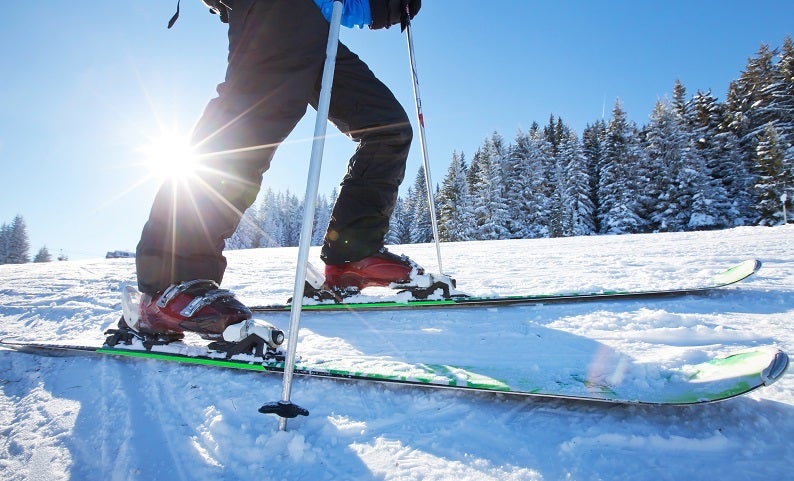
Parts of a Ski Binding
Brakes
Every alpine ski binding has a brake integrated into the heel piece. For this reason, it’s important to choose a ski binding with a brake which can accommodate the width of your ski. You’ll want a brake which is as close to the size of your ski width as possible. An overly-wide brake will inhibit proper ski performance and a too-narrow binding simply won’t fit the ski at all.
DIN Settings
Ski bindings come in many DIN setting choices and understanding what DIN range you may need will greatly impact your binding choice. As a beginner skier your DIN range will be (relatively) low.
DIN setting should be set by a certified binding tech but, for purchasing purposes, most adults will be fine with a binding in the range of 3-11 DIN as a beginner.
DIN settings are based on height, weight, and skiing ability level. DIN should always be set by a professional.
Binding Options
Anti-Friction Device (AFD)
Every alpine ski binding has a small device mounted in the toe of the binding which promotes a clean and smooth lateral release of the toe. Each binding you consider may have radically different AFD’s and this may warrant discretion.
However, in my experience, most AFD’s are created equal and any reputable manufacturer has test and controlled the quality of their bindings including the AFD as far as consumer safety is concerned.
Integrated Bindings
Today it has become increasingly common for ski bindings to come pre-mounted to skis or, in many cases, made to fit a specific pair of skis.
Many skis have plates cast into the ski its self during construction which accept only one certain binding. When buying, skis make sure to double check whether or not your skis have an integrated binding.
Integrated bindings are becoming more common and feature several advantages such as guaranteed fit, ease of choosing, and adjustability to fit virtually any ski boot without having to re-mount the binding.
Disadvantages of Non-Integrated Bindings
If you choose to buy a flat ski without bindings and then add your own, you’ll face a few disadvantages. Some of them are as follows:
You’ll have to re-mount the bindings if you ever change boot sizes or sell them to someone with a different size boot.
You’ll have to make certain your bindings fit the ski you’re buying.
Even if your binding brakes fit your ski, they may not be as streamlined as integrated bindings.
An integrated binding system will often give a superior fit, function, and ease of use. But there are occasions to buy a binding separate, for instance if you buy a pair of used skis, you never know how good the bindings are.
Also in the case of the Carbon Knee Bindings, they just are far superior to any integrated binding.
How ski bindings protect you from injury
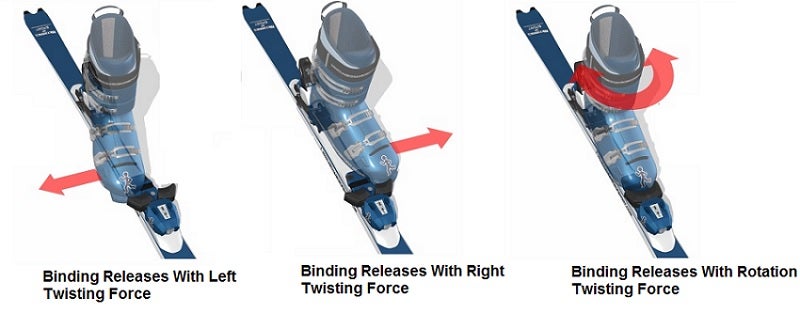
Conclusion
When possible I will advise the beginner skier to choose a ski with integrated bindings. Ease of use, guaranteed fitment, and out of the box performance are hard to beat! However, many of us are still skiing on flat skis and must choose our own bindings for preferences, needs, or advanced features.
Whatever your reason, or your choice, you’ll have a hard time steering wrong with one of the choices on our list. Stay safe out there and be sure to have your bindings mounted, tested, and adjusted by a certified technician!
I hope this guide was helpful for finding the best beginner ski bindings. If you want to comment or recommend a pair of bindings I didn’t include, please use my contact form to get in touch.
New to skiing? See my beginners guide to skiing for tips and advice.
Have fun and be safe!
How We Researched
To come up with the best ski beginner bindings, we researched a variety of sources for reviews such as REI, Backcountry, Moosejaw, EVO along with our own personal experience.
We also consulted online magazines for product research and reviews to get as much unbiased information as we could. To help weed out fake reviews we used Fakespot.com to make sure we only looked at genuine reviews.
With so much quality gear available, we had to narrow it down based on what we felt were the best options were for the price. The author, Casey Fiedler was a full-time ski instructor for Park City and The Canyons in Utah.
To help narrow down the selection he used his personal experience along with recommendations from fellow ski instructors.
After extensive research, we came up with our list to help you choose the right one for you.
Sources

